Life's too short to eat bland food, but chances are, your spice cabinet is filled with listless flakes and powders that do nothing to liven up your cooking. Our recommendation? Toss the paprika and generic “seasonings” and upgrade your pantry to foodie status.
In partnership with Toyota, we’ve embarked on some serious bazaar-hopping and apothecary consults to bring you a pantry's worth of fiercely intense spices from around the world. Cooking with these bold seasonings will ensure that meals won’t just taste great, but they’ll also take you on a wild ride to faraway lands.
Asafetida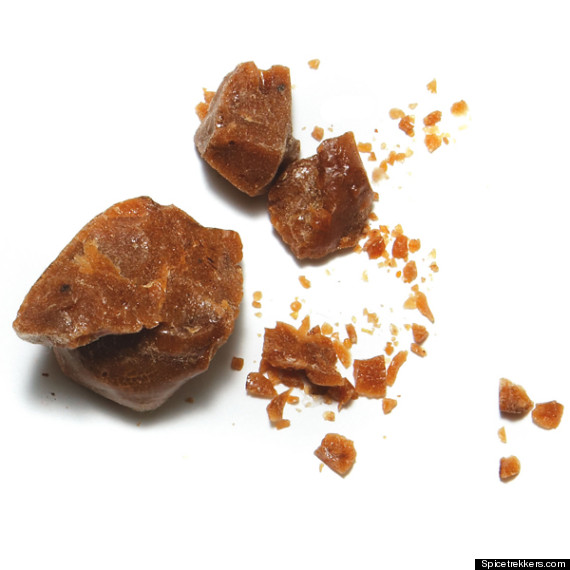
Known by nicknames including "devil's dung" -- owing to the distinctly...oh, let's call it zesty aroma that this spice gives off when dry -- asafetida is a staple of several regional Indian and Middle Eastern cuisines. Asafetida's pungency dissipates when cooked, yielding a pleasing flavor similar to sautéed onions and garlic. Indians, who call this tan-colored powder hing, use it to season lentil-based curries, pickles and sambar, among dozens of traditional dishes.
Asafetida is derived from resin off the root of an herb that is related to the carrot family. Even though it's thought to possess medicinal properties, such as aiding digestion and mitigating flatulence (sold!), asafetida hasn't really made many inroads into the Western diet, with one notable exception: it's an ingredient in Worcestershire sauce.
Filé Powder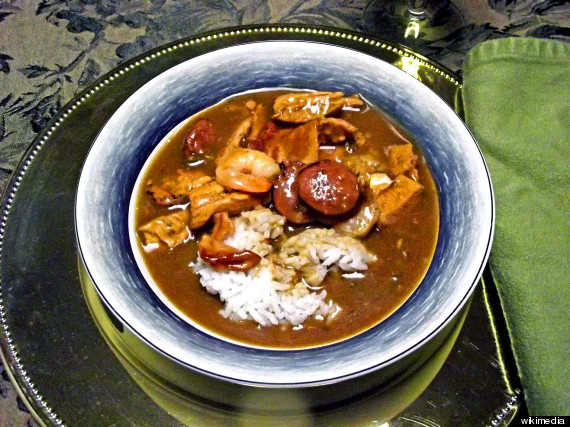
As gumbo is a cornerstone of Creole cuisine, filé powder is often the cornerstone of a good gumbo. Made from sassafras leaves that have been thoroughly dried and ground, filé powder acts as a bold, earthy flavoring as well as a thickener in gumbo. In fact, pure sassafras filé can be so effective at gumming up a gumbo, that adding too much -- or adding it to a still-boiling batch -- can lead to it seizing up into a cement-like consistency.
Grains of Paradise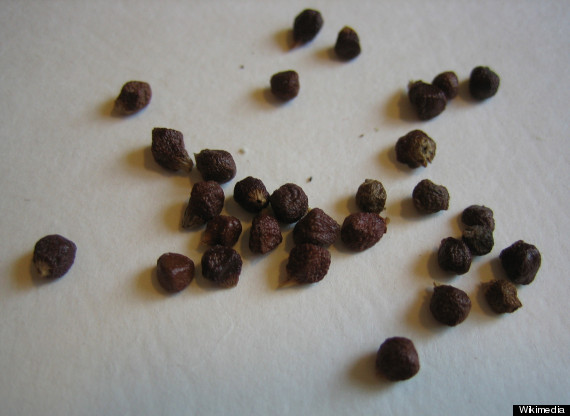
Hailing from western Africa, grains of paradise have the kind of mesmerizing, complex flavor profile that make them well-suited to everything from grilled meats to fruit pies to craft beer. When ground, this seed tastes a bit like black pepper, delivering a warming, spicy heat -- yet it also has a herbal-citrus dimension. When you smell grains of paradise, you get woodsiness. Go figure. This bold spice is just full of surprises.
Pimentón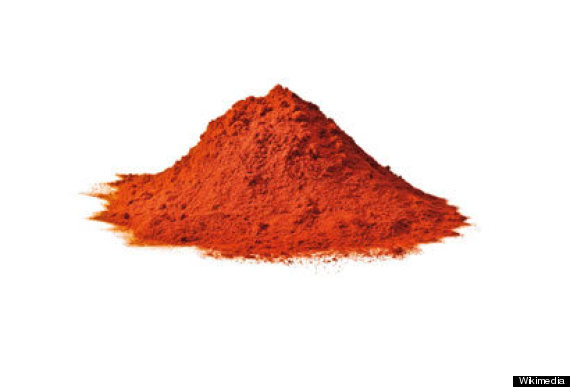
Spanish cuisine is known for big flavors, and pimentón plays an important role in that reputation. Like paprika from Hungary, pimentón is made from ground dried red chile peppers. It finds its way into delicacies like chorizo, patatas bravas, paella, you name it.
This is how seriously Spaniards take their pimentón: not only are there graduated intensities (mild/sweet, medium and hot), pimentón produced by select regions of Spain have been anointed with special Denomination of Origin (D.O.) status by the government, owing to their distinctive qualities. (Wines and cheeses get the same designation.) Do as the Iberians do and sprinkle pimentón on fries, grilled octopus, any number of egg dishes and garlicky shrimp.
Sichuan Pepper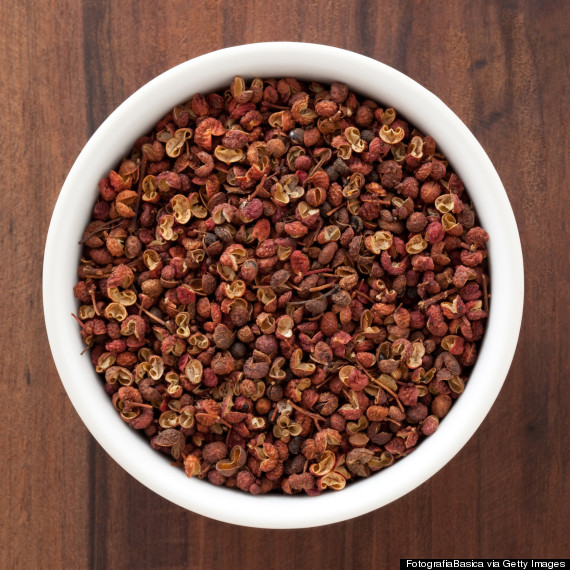
Like so many inhabitants of the spice cabinet, Sichuan pepper goes by a misleading name. It actually grows on a type of ash tree and isn't closely related at all to the plant that gives us conventional black peppercorns.
Though it doesn't deliver spicy heat like chile peppers do, Sichuan pepper is bold in its own unique way. A little-understood chemical present in Sichuan pepper called hydroxy alpha sanshool can cause the tongue and lips to experience tingling and numbness, sort of the way carbonation can tickle the taste buds.
Sumac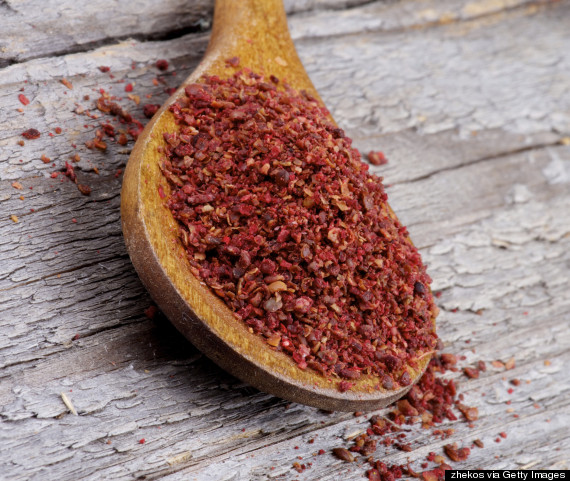
This bright and lemony spice is one of the key ingredients in za'atar, the widely used Middle Eastern staple and the seasoning most likely to grant your wish to be big. Za'atar often gets mixed into hummus and even plain olive oil to make instant tangy dips — and sumac is what provides the sharp, tangy kick. Try it out as a rub on poultry and meat before you grill.
Tonka Bean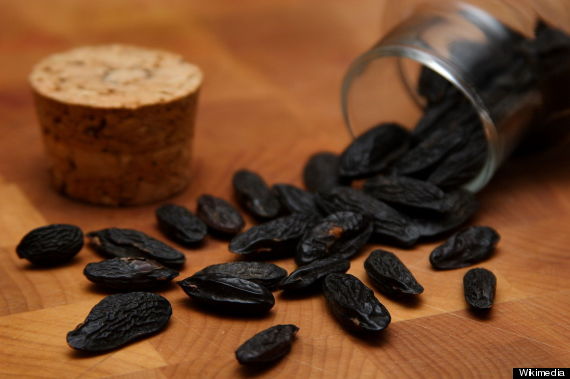
This vivacious South American import isn't exactly street legal in the U.S.; the Tonka bean -- technically a wrinkly, dark-colored legume -- bursts with flavors of vanilla, baking spice, cherry and almond, but it also contains a chemical called coumarin, which, based on research done on lab rats in the 1950s, the FDA considers harmful.
That said, tonka bean is hardly public enemy number one in the eyes of American law enforcement agencies, and chefs at many fine dining restaurants find ways to quietly source the taboo tonka and microplane dustings of the stuff into a dessert here and there, inflecting it with complex, vanilla-like flavor. Why just a dusting? As with many of these bold spices, a little goes a long way.